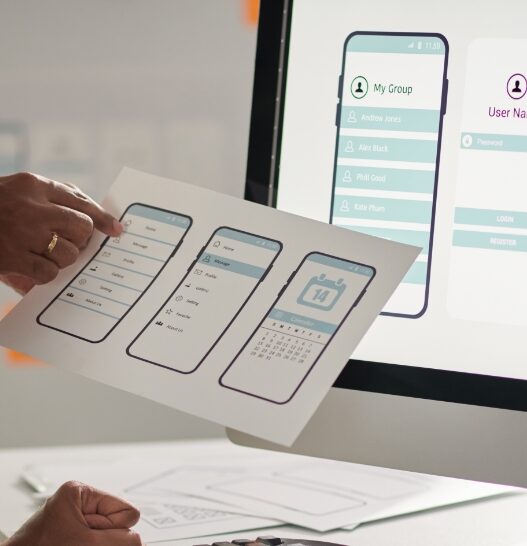In the world we live in today, the number is the mistress of what happens. No news program without numbers and hard facts, no magazine without the latest statistics, no news story without a number. But when is the use of numbers and statistics really appropriate and in which cases does it perhaps make more sense to look not only for numbers, but above all for words?
When a company wants to conquer a new market or develop a new product, the question of foreseeable market success often arises beforehand. Here the questions are: How many people would be willing to buy this product? How large is the market as a whole? What would users be willing to spend for my product? For all these questions, it makes sense to evaluate a product or a market in figures. Reliable forecasts are needed here, which make it possible to assess whether opening up a new market or developing a new product is profitable. This is where large-scale studies make sense. Here, many people should be asked about their general wishes and expectations. Here you can ask hundreds or even thousands of people whether the idea has a future.
From my point of view, this work is essential. Why should I put time and effort into developing a product or an idea if no one is interested in it later? But to me, this work is work that needs to happen BEFORE a product is actually developed. Before the first developer writes the first line of code, before the first designer draws the first line, and before marketing starts thinking about an advertising strategy. Once this process is started, compiling statistics and large sets of numbers largely loses its value in my view. Wondering why?
Let me explain with an example: imagine you want to develop a new chat app. You have initiated a large market research and found out that the features you envision are urgently desired by more than 45% of the interesting target group and are currently missing. What’s more, users are willing to pay an average of €2.79 once for your app. When you do the math, it becomes clear that the market potential is more than sufficient and you decide to implement the app. Now you start developing and during development you suddenly ask yourself, “Hmm, I can implement this feature either way. What should I do now?” Now you have the opportunity to start a new big market research study. You set up the questionnaire and think about a suitable format for the study. To keep the effort reasonably low, you probably decide to conduct an online study, because it allows you to recruit large numbers of people very quickly and to conduct many surveys quickly, and you can also show pictures of your variations. Then you contact a suitable provider, get a quote, start the study, wait for the evaluation and get your results about 3 weeks later. And what do you know then? That X % of the respondents prefer variant A and Y % of the respondents prefer variant B. Then you choose the variant that was chosen more often for the implementation and then you develop further. And when you have to make the next decision, you ask yourself again, “Hmm, what should I do?” And everything starts all over again.
The problem with number crunching is that percentages give you an apparent certainty that allows you to answer a question fairly confidently. But what questionnaires and numbers usually can’t do is answer the question, “Why should I implement Variant A?” The why, however, is the crucial question that will help you develop good products for your clients, even in the long run. When you ask “Why?”, you get to know your clients’ wants, needs and fears. And when you know them, it’s easy for you to make decisions. Then, when you choose, you can choose variants yourself, or at least decide between options with less effort. Designing good products doesn’t just mean creating technically flawless products. Designing good products means understanding your clients and users and taking their needs into account during development. And this is where pure number crunching won’t help you. Here you need word acrobatics. Here you need interviews, usability tests, user experience studies, group discussions, focus groups, field observations, … Here you need all the methods that do not tell you at the end “We have interviewed 2300 people and 50% decide for variant A”, but here you need methods that tell you “We have talked to 6/8/10 people and the biggest fears of our clients are that…”. Only with this knowledge is it possible to develop long-term products that not only satisfy, but inspire.
But of course, even these methods have weaknesses: you need to be very selective about who you interview to get meaningful results. You need highly trained personnel to conduct the surveys, as the very nature of the question often changes the answer. You may need more time because you can reach fewer people at a time, and there is probably a financial cost to getting participants to participate in such a study. But the insights you gain will last beyond the next decision. So during development, from my point of view, you need the verbiage to really move forward.
If you ask me, it’s not a question of “either/or”, it’s a question of “when”. I love numbers and I threw numbers around a lot in my PhD and enjoyed it. But I’ve also been conducting interviews for years. For me, the decision between number crunching and word crunching is not a matter of faith. From my point of view, the real art lies in asking the right question at the right time. With that in mind, I wish you success in choosing your approach and – perhaps even more so – in choosing your question.
Image source: Dreaming Andy / Fotolia.com



